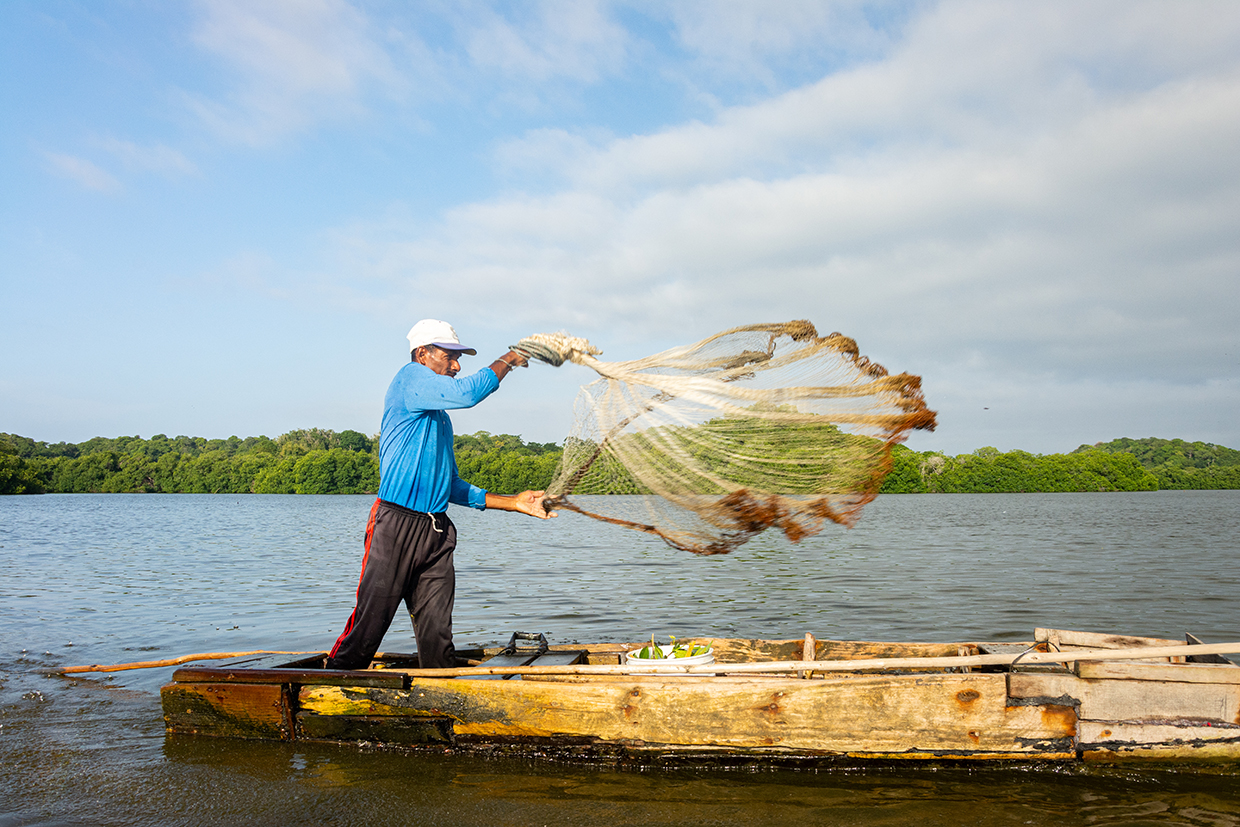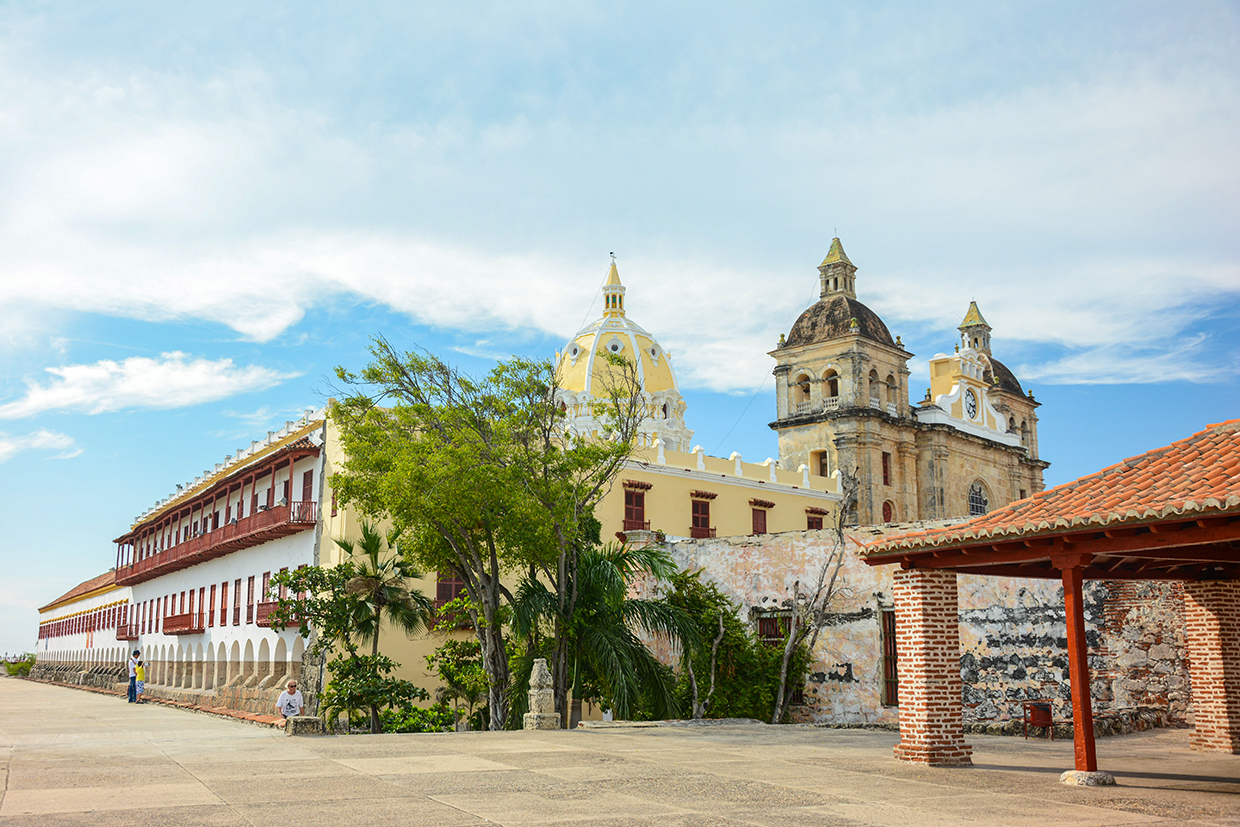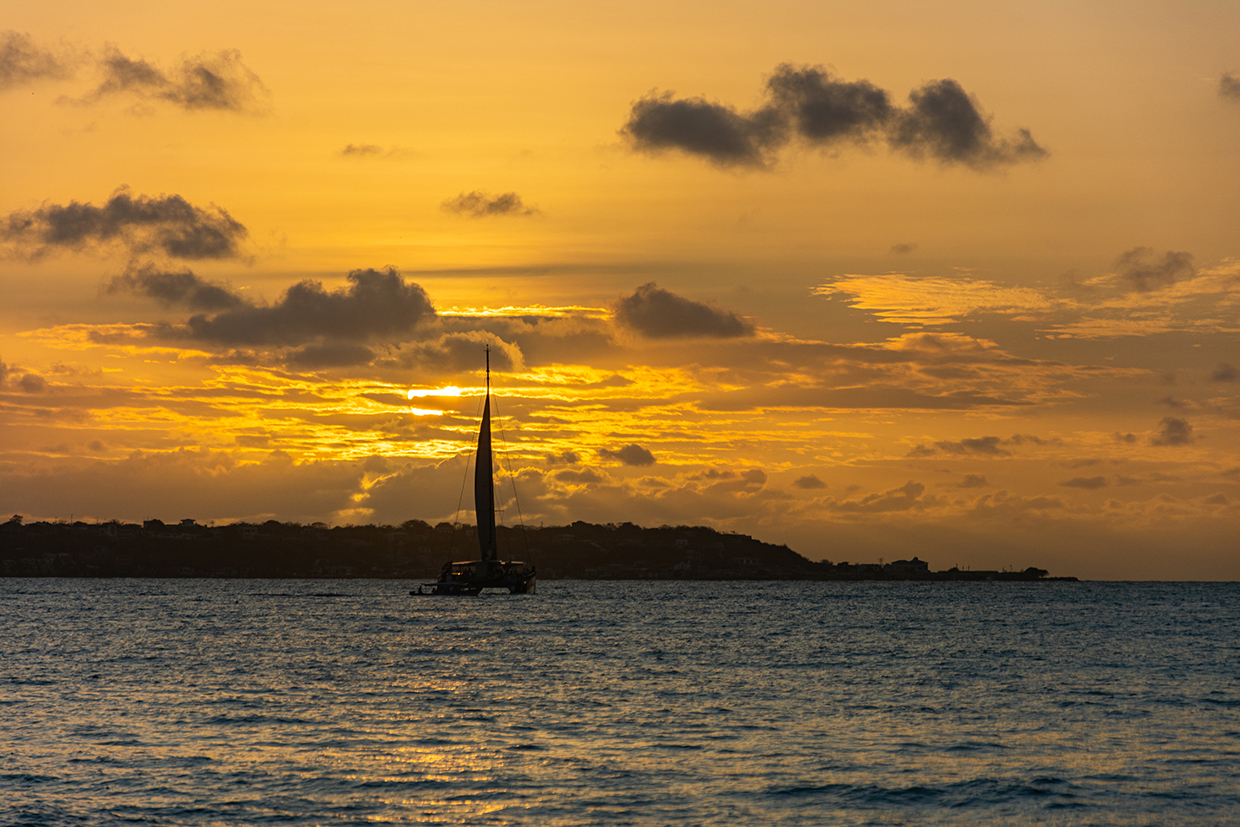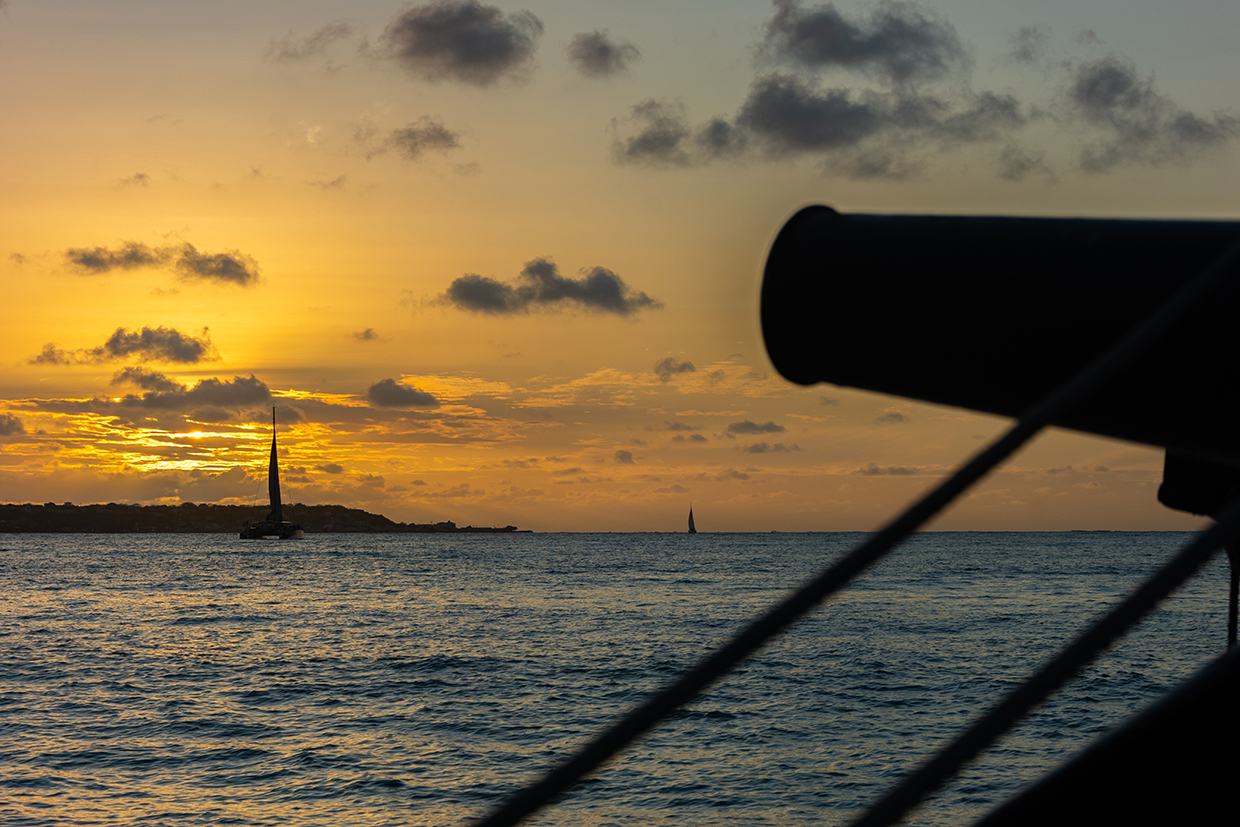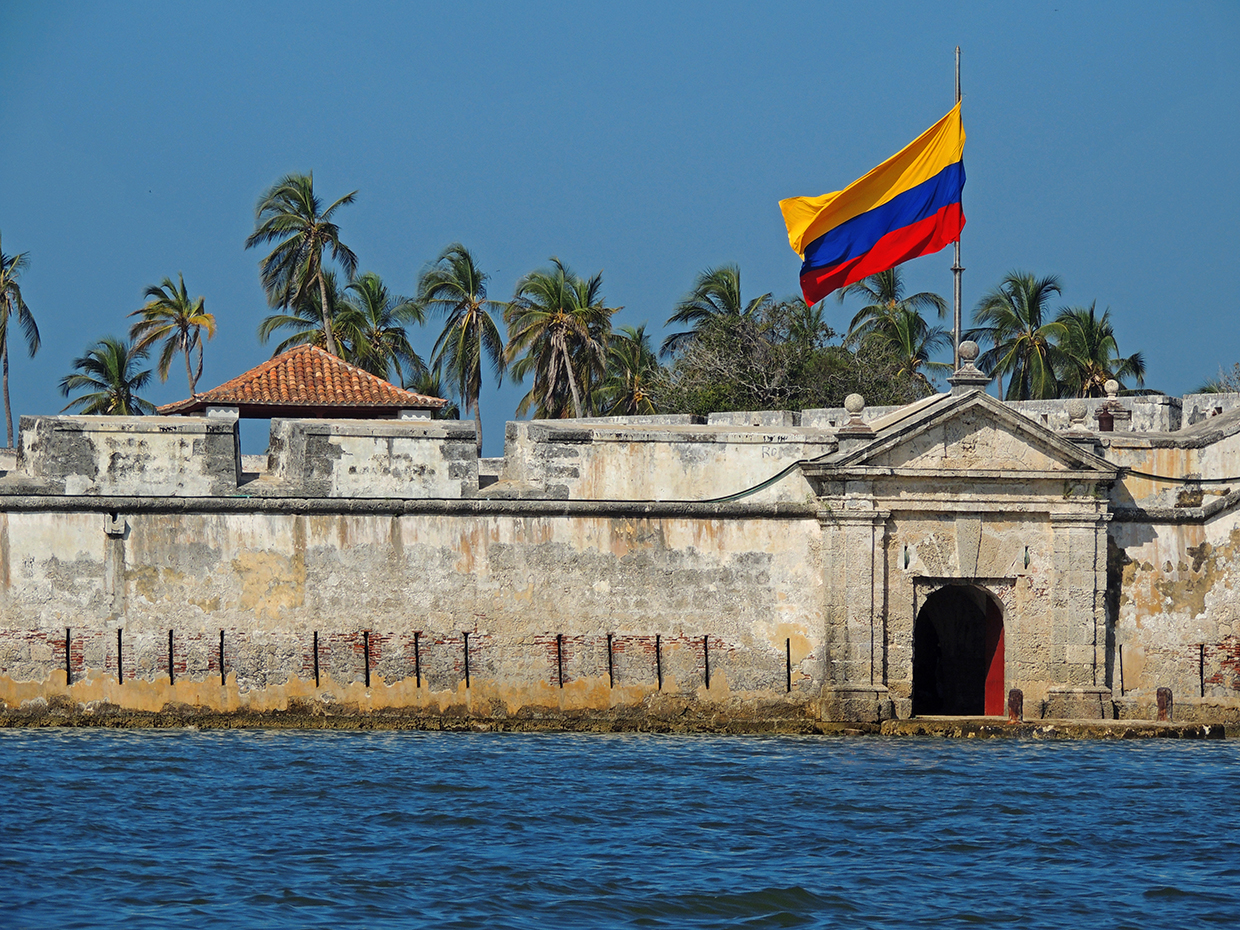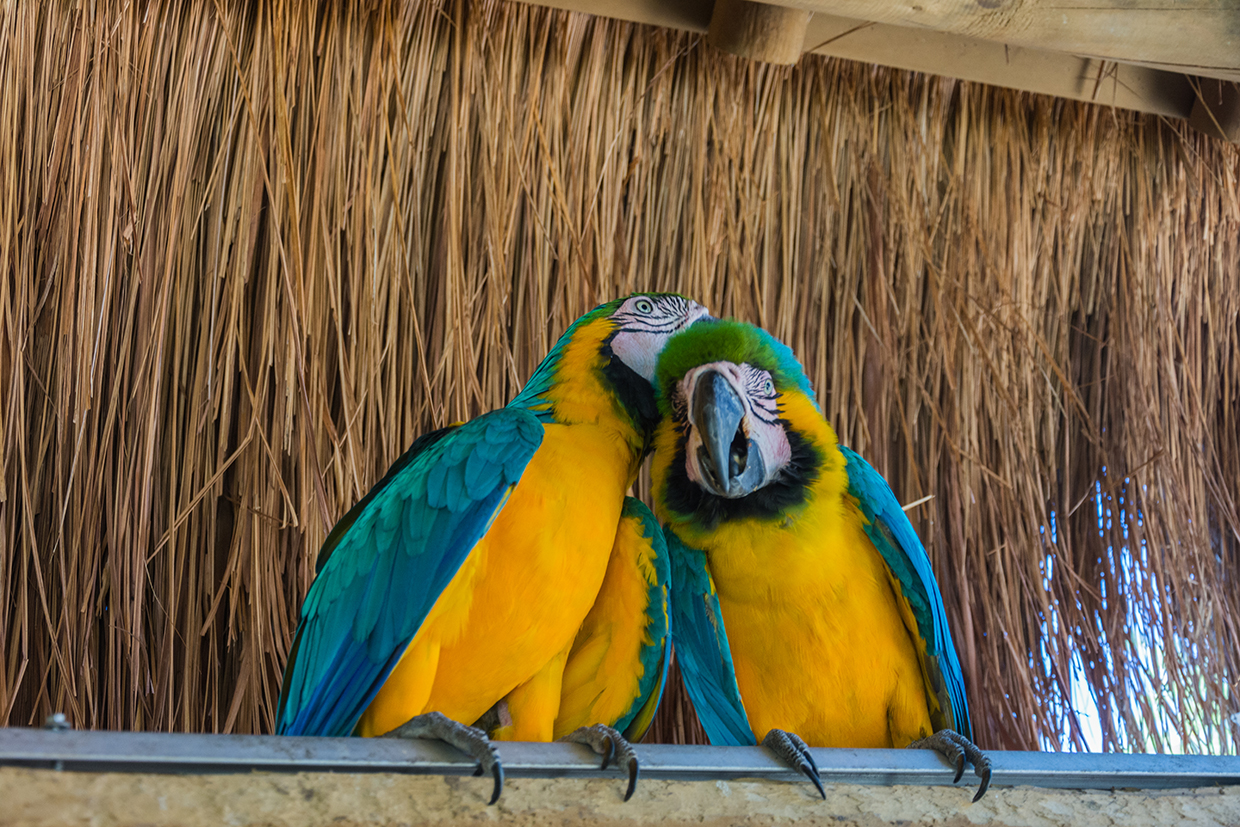Meet the Locals: The Heart and Soul of Cartagena

Cartagena, with its rich history and stunning architecture, is undoubtedly a feast for the eyes. However, what truly brings this coastal gem to life are its people. The locals, known as “Cartageneros,” infuse the city with warmth, vibrancy, and a unique cultural charm that makes every visit unforgettable. Let’s dive into the heart and soul of Cartagena by getting to know its incredible inhabitants.
A Mosaic of Cultures
Cartagena is a melting pot of diverse cultures, a testament to its complex history. The city’s population is a blend of indigenous, African, and Spanish influences, creating a rich cultural tapestry that is reflected in the daily lives, traditions, and celebrations of its people.
- Afro-Caribbean Heritage
- Music and Dance: The Afro-Caribbean roots of Cartagena’s people are evident in their music and dance. Rhythms like champeta and cumbia, along with energetic dances, are a vibrant part of local celebrations and festivals.
- Cuisine: Traditional dishes such as coconut rice, fried fish, and plantains showcase the African influence in Cartagena’s culinary scene.
- Indigenous Roots
- Craftsmanship: The local handicrafts, from colorful mochilas (woven bags) to intricate jewelry, often reflect the indigenous heritage of the region.
- Traditions: Indigenous customs and rituals are still observed by some local communities, adding depth to the city’s cultural landscape.
- Spanish Colonial Influence
- Language: Spanish is the predominant language, enriched by the local dialect and slang unique to Cartagena.
- Festivals: Spanish colonial influence is evident in the grand religious festivals and processions that take place throughout the year.
Friendly and Welcoming Nature
Cartageneros are known for their friendliness and hospitality. Visitors often comment on the warm welcome they receive, whether they’re exploring the bustling markets, dining in local restaurants, or simply wandering the city’s streets. The locals are always ready to share their stories, offer recommendations, and make visitors feel at home.
- Market Vendors
- The vibrant markets of Cartagena are a great place to meet locals and experience the city’s lively atmosphere. Market vendors, selling everything from fresh produce to handmade crafts, are often eager to chat and share insights into their way of life.
- Street Performers
- Street performers add to the city’s dynamic vibe with their music, dance, and theatrical performances. Engaging with these artists offers a glimpse into the local talent and the joy that Cartageneros take in their cultural expressions.
- Small Business Owners
- The small businesses that line Cartagena’s streets are often family-owned and passed down through generations. Whether you’re buying a souvenir, enjoying a meal, or sipping on fresh juice, you’re likely supporting a local family and contributing to the community.
Festivals and Celebrations
Cartagena’s calendar is packed with festivals that celebrate its cultural diversity and history. These events are not only a spectacle of color and music but also a time when locals come together to honor their traditions and welcome visitors to join in the festivities.
- Independence Day
- Celebrated in November, Cartagena’s Independence Day is marked by parades, music, dance, and a city-wide party that showcases the city’s patriotic spirit.
- Holy Week (Semana Santa)
- This religious festival sees solemn processions and ceremonies, with locals participating in age-old traditions that reflect their deep-rooted faith.
- Hay Festival
- This international literary festival brings together writers, poets, and thinkers from around the world, with Cartageneros actively participating and engaging in intellectual discussions.
Everyday Life in Cartagena
The daily life of Cartageneros is a blend of work, family, and leisure, all interwoven with a sense of community. From the early morning bustle of fishermen bringing in their catch to the evening gatherings in public squares, the rhythm of life in Cartagena is both lively and laid-back.
- Family and Community
- Family is at the heart of Cartagena’s social structure. Locals often spend their free time with extended family members, enjoying meals, celebrating milestones, and supporting each other in times of need.
- Public Spaces
- Parks and plazas are central to community life. These spaces are where locals meet to socialize, relax, and enjoy cultural performances, making them perfect spots for visitors to experience the local way of life.
- Cuisine
- Food is a significant part of Cartagena’s culture. Local eateries, street food stalls, and upscale restaurants all offer a taste of the city’s culinary diversity, with dishes that are prepared with love and reflect the city’s cultural fusion.
Conclusion
The true essence of Cartagena lies in its people. Their warmth, resilience, and vibrant culture are what make the city not just a destination, but a place where memories are made and connections are formed. Whether you’re exploring historic sites, enjoying a meal, or dancing to local rhythms, the Cartageneros are the heart and soul of your Cartagena experience.
